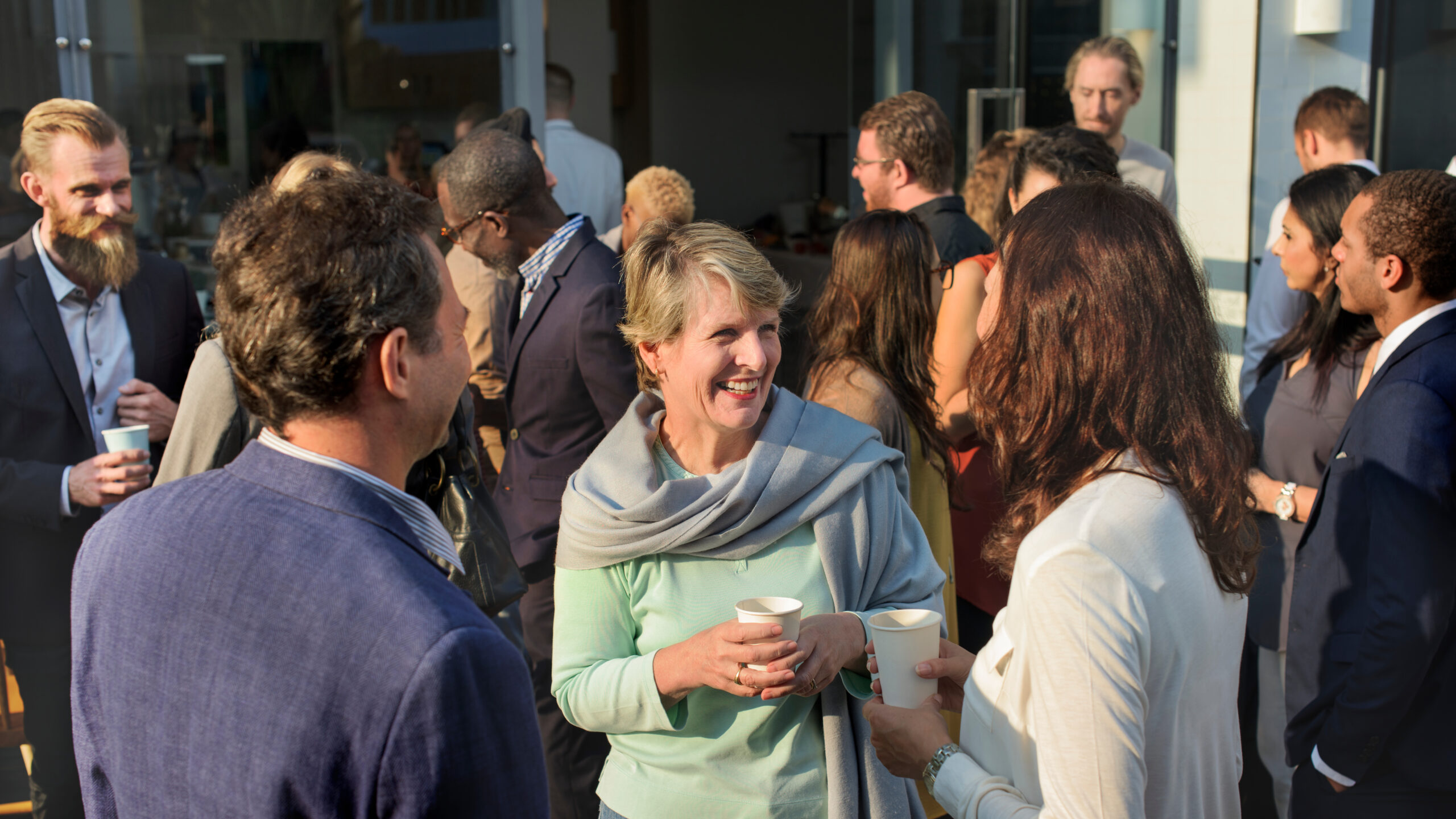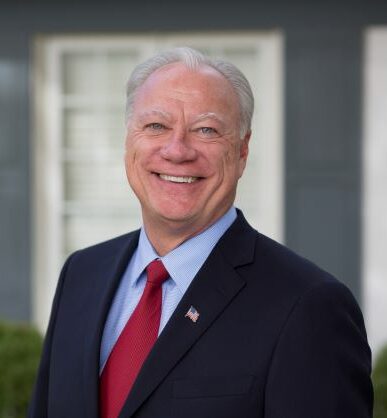
Steve Osborn, P.E.
Founding Principal, CE Solutions
One of the 44 executives I interviewed for the book, Steve Osborn, Founding Principal at CE Solutions, Inc., struck out years ago to create his own firm. In the early years, he faced some limitations deriving from the size of his startup. He shared how he overcame that obstacle and landed a dream client by creating a joint venture with several small- and mid-sized firms. This post is an excerpt from my interview with Steve.
Jim: Can you tell me about a pursuit that you had – whether it was a dream project or client – and what you did to win it?
Steve Osborn: Sure. The first one that comes to mind was when CE Solutions was probably seven or eight years old – so we were a lot smaller and probably had five or six people. We had a relationship with someone who was a project manager for the city because when I worked at a larger firm previously, we did a big project with this individual. Indianapolis was getting ready to expand the existing convention center, which was a fairly significant project – around $275 million. This gentleman I’m referring to was assigned the project manager role and led the selection process. He worked with advisory councils of notable city officials and outside consultants that were assigned by the mayor and the governor.
It was a pretty interesting and high-profile group of folks. Through SMPS and other activities over the years, I developed relationships with quite a few of those individuals. It just kind of happened that they were the ones involved with this process – but I had a really good relationship with the individual who was leading the selection process.
There was no way CE Solutions would get selected by themselves to provide structural engineering on a $275 million project. We just didn’t have the portfolio developed yet – didn’t have enough staffing capacity to do it. However, it was a project that fit really well into our core mantra of making a difference in the communities where we live and work – so we were looking to get involved somehow.
The governor, at the time, was really promoting Buy Indiana – wanting to keep it local by helping firms that wouldn’t ordinarily get projects like that and find creative ways to get them involved. I put the old thinking cap on and started kicking it around with some of my fellow clients and folks that were also pursuing this architecturally – and came up with the idea of putting together a joint venture with a couple of our competitors of like size and mind. I reached out to other competing structural engineering firms of similar size and a geotechnical engineering firm, and the four of us put together a joint venture called Structural Alliance.
I laid the idea out in front of the individual who was spearheading the selection process, and he said, “You know, this looks really interesting. You’re making my job really easy. This is exactly what the governor is talking about – helping firms like yours and others who wouldn’t get the job on their own and creating a way to maybe be involved.” He said, “I can’t guarantee anything. There’s a lot of people involved in the selection process.” All I was looking for was, “Does this make sense? Is this something we should pursue before we go and invest a lot of money in the formation process and everything else?” He gave me the encouragement to go ahead and do it without any guarantees, and we knew we were at risk.
Lo and behold, we were selected. We didn’t get the master structural contract, which would have been a really long shot for us – but we had people pulling for us for that role. In the end, they said even though we were all established firms, we hadn’t worked together as a joint venture, and this would be our first project, and it’s a fast-track project. It’s a high-profile project. They didn’t want to put us out there and stretch us too far – but they gave us an associate role, which they really didn’t have to do. It was an extraordinary achievement, in my opinion, and a huge success. It was nice to have the JV partners all sitting in the room that day when the selection happened, and it was announced publicly. It was a great day.
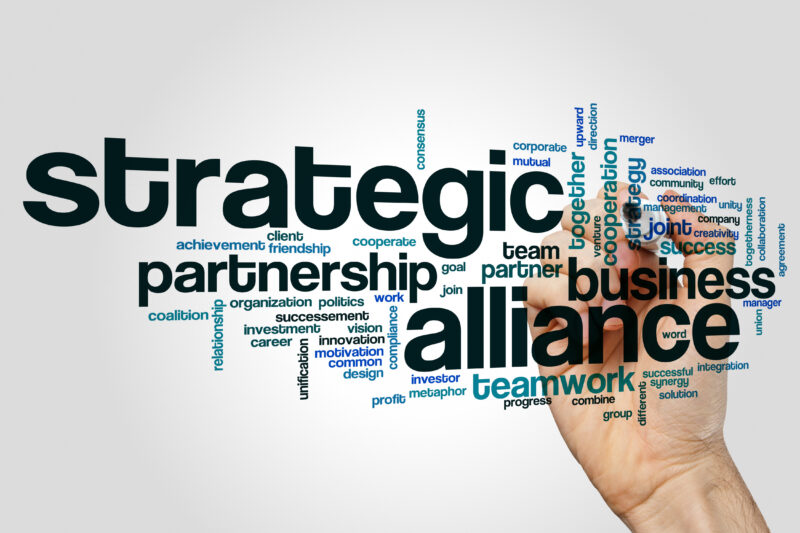

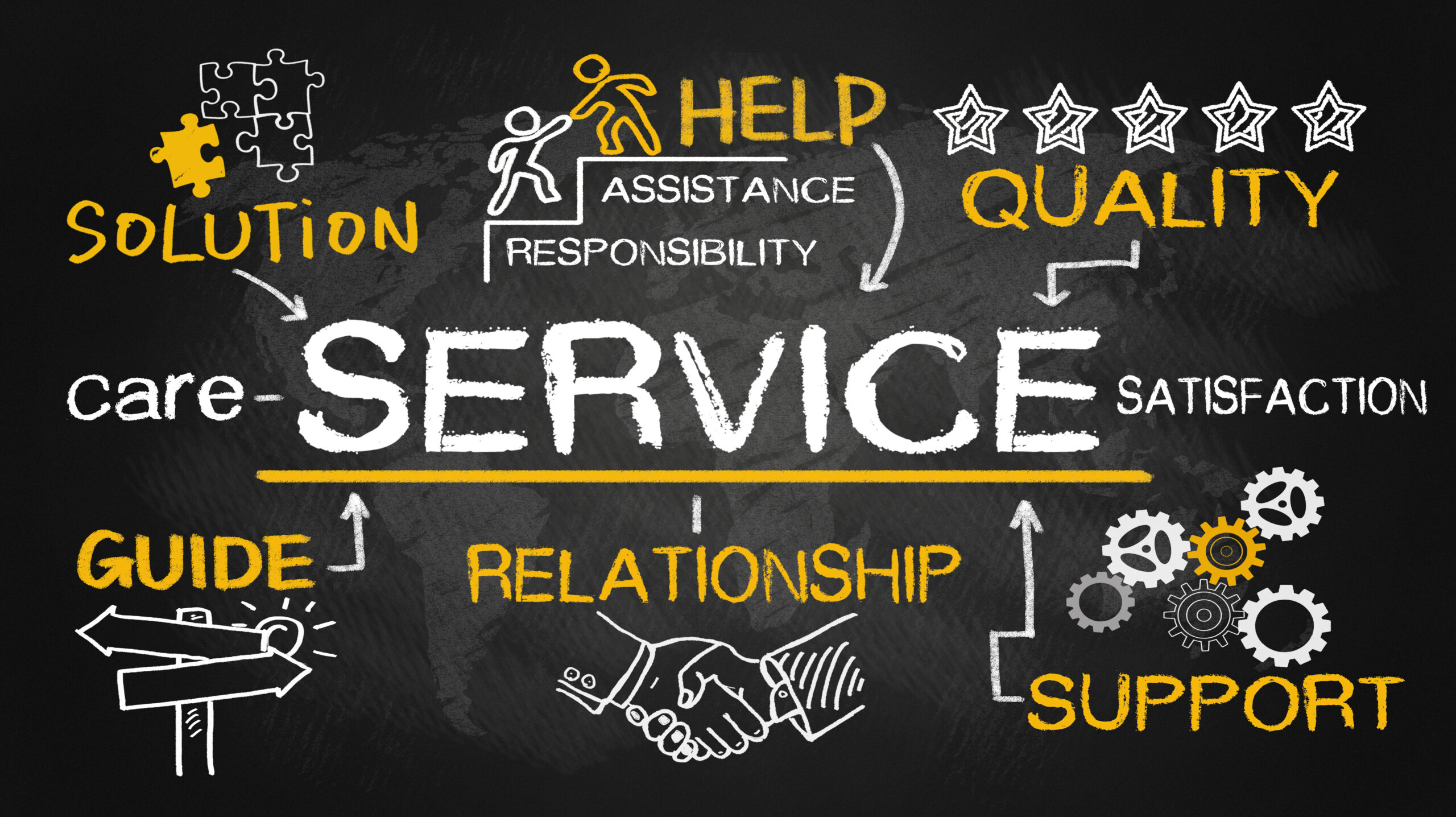
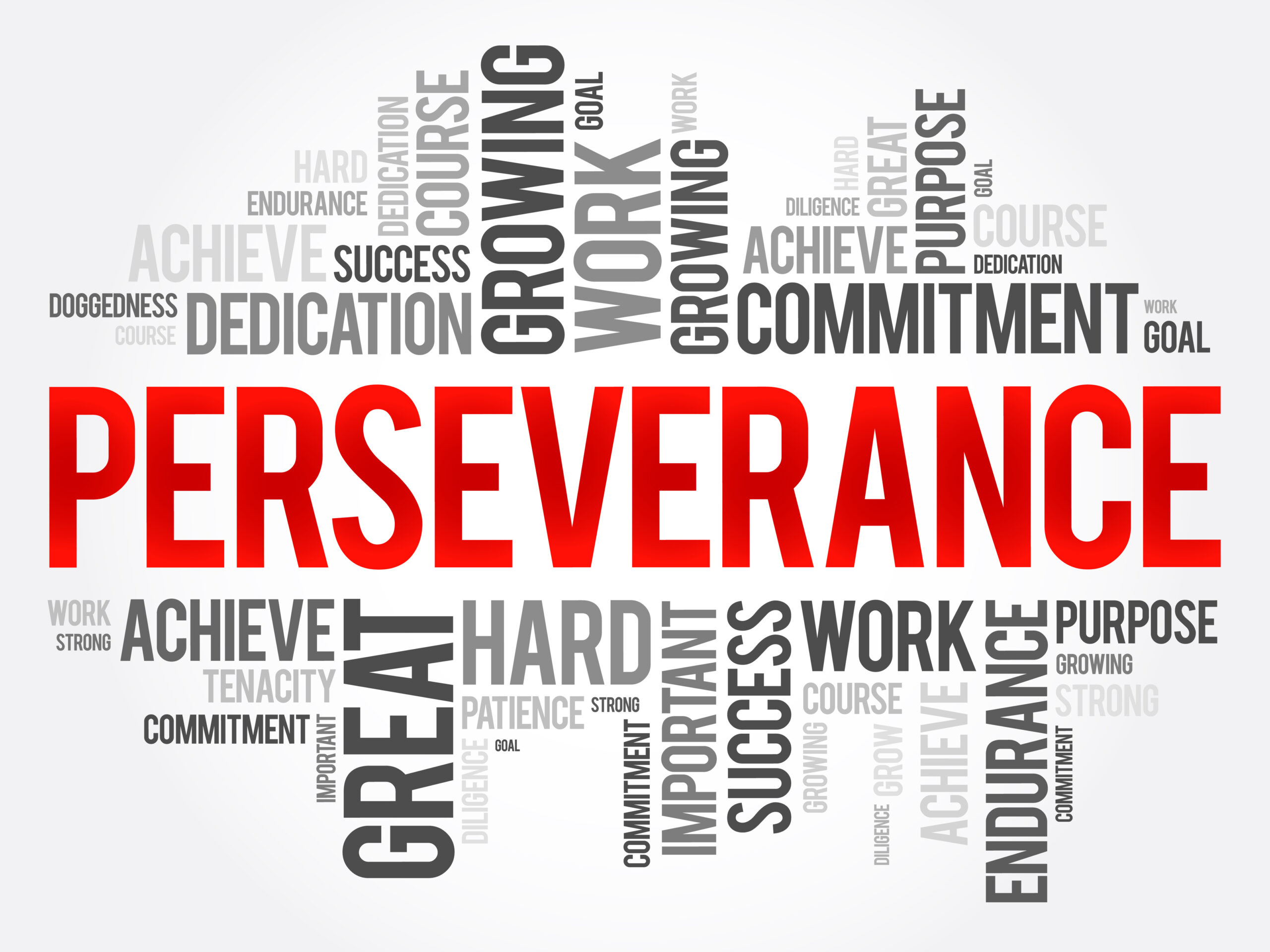
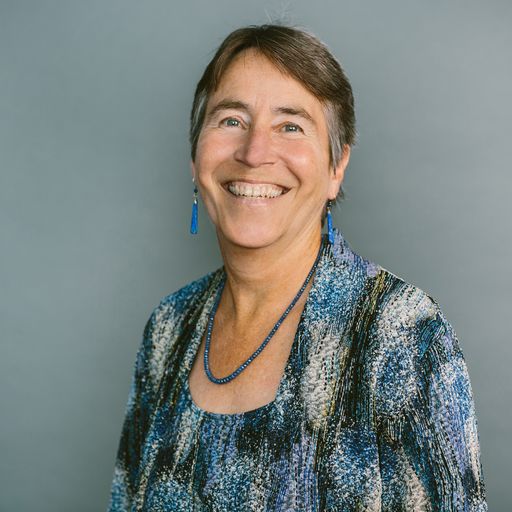 One of the 44 executives I interviewed for the book, Laura Wernick, AIA of HMFH Architects in Boston, shared her experience building confidence as a seller-doer.
One of the 44 executives I interviewed for the book, Laura Wernick, AIA of HMFH Architects in Boston, shared her experience building confidence as a seller-doer. 
